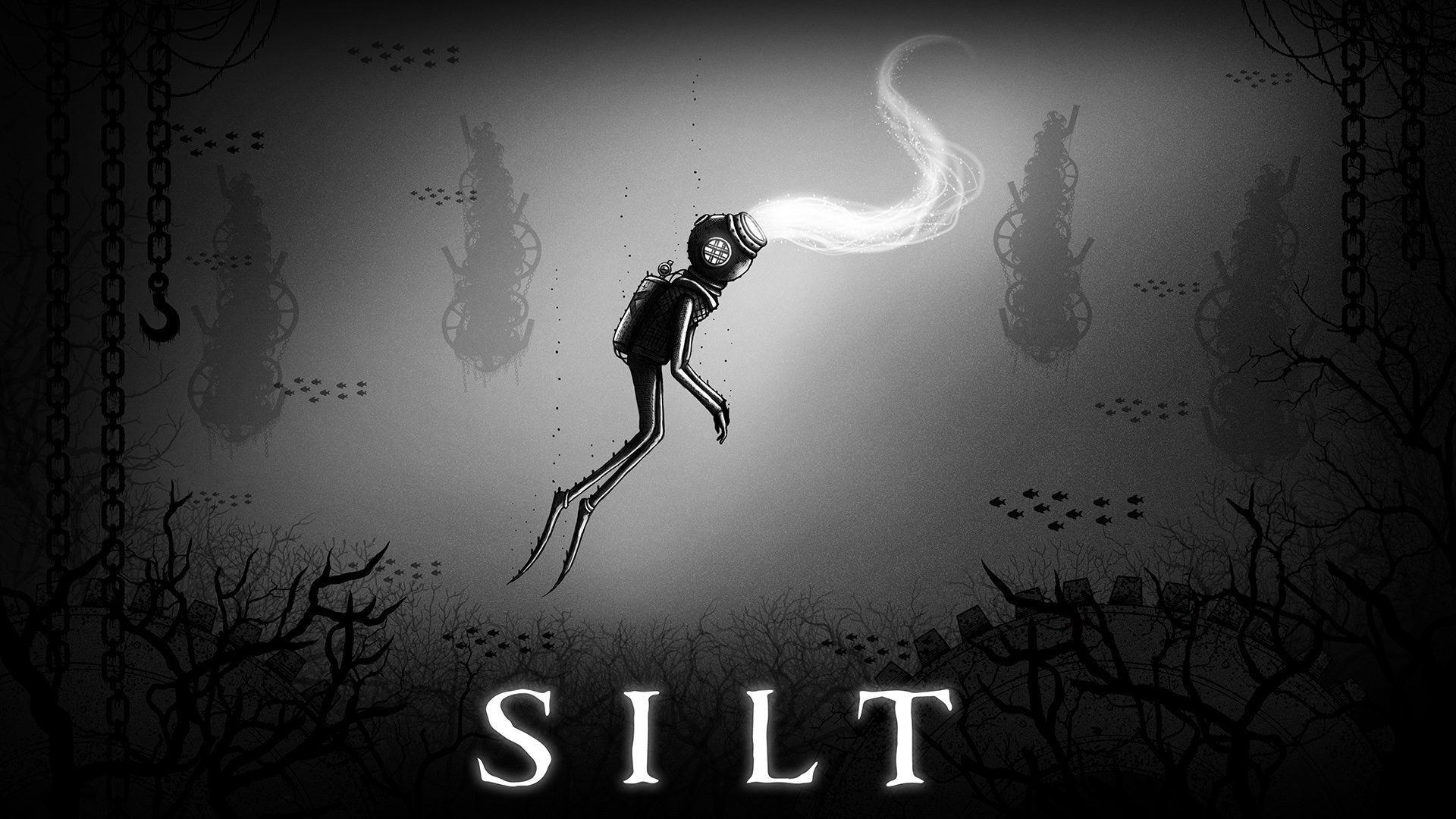Hi everyone! I’m Dom, programmer at Spiral Circus, and I’m so excited to share the news that our surreal undersea adventure Silt is coming to PlayStation 5 and PlayStation 4 on June 1st.

Silt is a puzzle-adventure set deep within a harrowing ocean abyss, where you play as a lone diver searching the deep and treacherous waters to uncover long-forgotten mysteries. But the diver has a secret. By harnessing unusual power, you can possess sea creatures that roam the ocean void, discovering new creatures and using their unique abilities to solve puzzles, traverse the environment, and navigate their way deeper into the darkness.
With the game just a few weeks away, we wanted to share one of the processes we’ve developed to bring the traditional ink-on-paper art of our artist Tom from still imagery into an interactive game world.
From pen drawings to game elements
Getting Tom’s artwork into the game would be the biggest technical challenge for us. It was essential that the game look like one of Tom’s paintings and not like his art had been transplanted out of context into something else. The idea was to give Tom almost total control over the look of the game right from the drawing program. This means controlling composition, camera framing, tonal contrast, lighting, shadow, texture, fog, whatever he would naturally draw if working on one of his pieces.
We had to find a way to let Tom do all that, while keeping the possibility of reconstructing everything in the game engine and making it interactive. We used layers in the drawing program to separate logical elements from each other, then we wrote a script to loop through the layers and convert them into something the game engine could process.
Bringing concept art to life in-game
To create a level for Silt, Tom creates a single, high resolution image in a drawing program. He designs it, composes it, illuminates it, details it as if he were making a digital painting. We then run a script that turns the single layer art file into a fully interactive level in the game engine, slicing it into pieces, placing them in the correct places in the scene, generating collision, adding dynamic lighting, generating entry and exit points, setting up cameras and creating scripts for gameplay.
We configure all of this using the layer names in the art file. Once this script is executed, the level is ready to play. We can then add additional gameplay elements, visual effects and sounds into the game engine to help it come together in an immersive and atmospheric experience.
Timelapse showing the process of creating a zone in silt
We spent a lot of time iterating on this process, bringing the in-game look as close to the drawing program look as possible. Once complete, Tom was able to design our game world with confidence that his art would appear in-game exactly as he intended. Investing time and effort into breaking down technical barriers in art can really pay off in the long run.
We hope this gives you a better insight into the world of Silt. One of our main ambitions for the game is to deliver a unique and surreal experience that we hope you’ll remember long after you’ve finished playing, and we can’t wait for you to discover the depths when the game launches on PS5 and PS4 on June 1.










